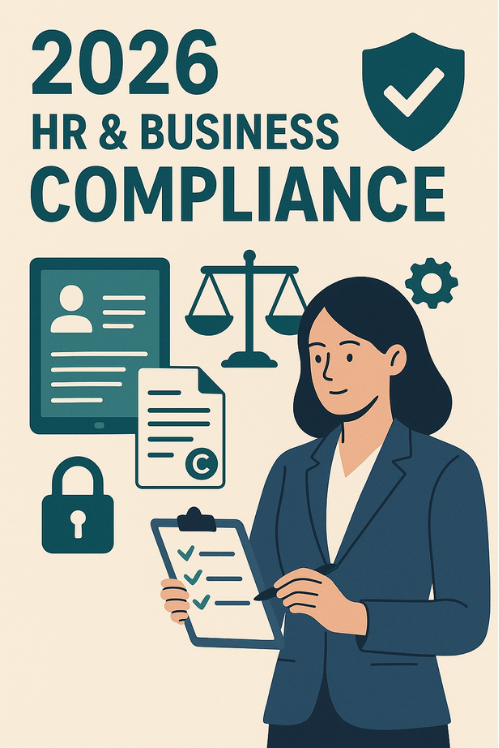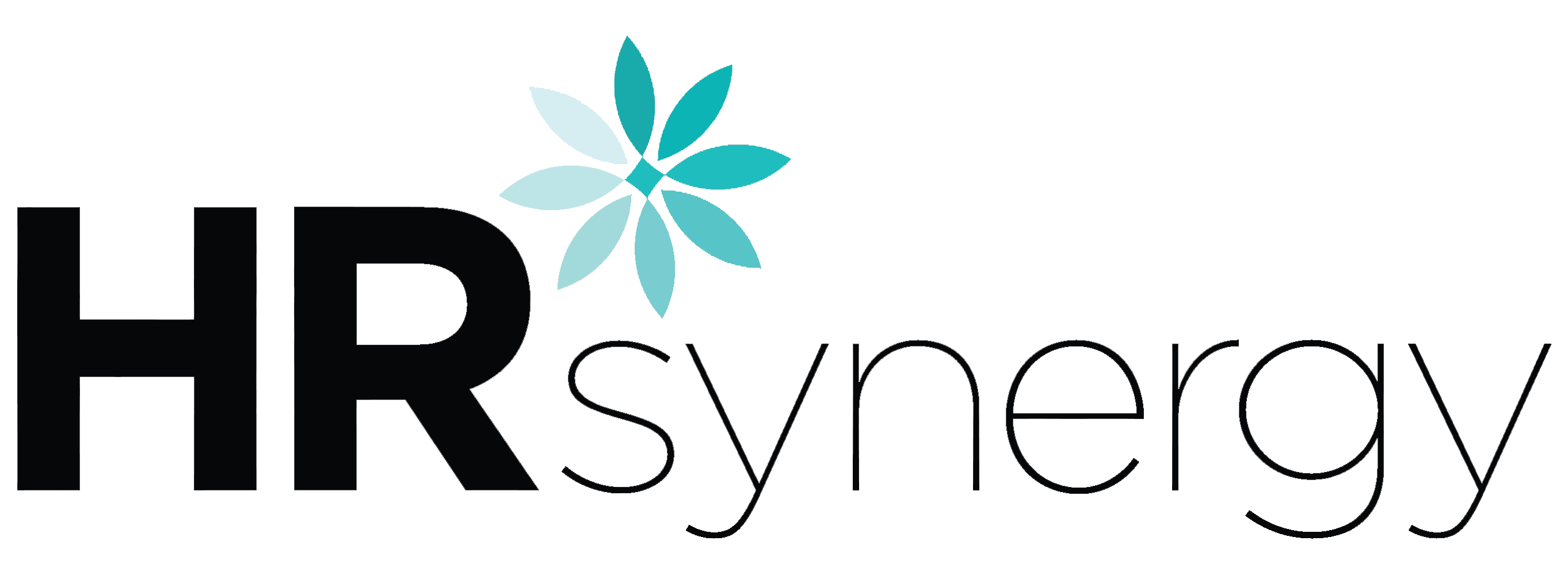
Staying ahead of compliance changes is critical for avoiding penalties and maintaining a healthy workplace culture.
Here is a quick Q&A to keep your team preparedfor the year ahead.
What major HR compliance changes are expected in 2026?
- Expanded Paid Family & Medical Leave (FMLA): More states may include part-time employees and longer leave periods.
- Minimum Wage & Overtime: Expect increases to state minimum wages and a higher federal salary threshold for exempt staff.
- Workplace Safety: OSHA may issue stricter emergency and hazard communication standards.
- EEO Protections: Caregivers, military personnel, and gig workers may gain protected status.
- Remote Work Legislation: States could formalize employee rights to flexible work arrangements.
- Data Privacy: New regulations may limit employee monitoring without consent.
What are the top compliance risks for employers?
- Wage Theft Liability: Laws like California’s SB 809 and SB 597 expand contractor liability.
- WARN Act Updates: Layoff planning and severance communication rules are shifting.
- Multilingual Notices: Workplace rights must be posted in multiple languages.
- Personnel Records Access: Employees may gain broader rights to inspect their files.
- ICE Raid Preparedness: Strict protocols will apply for immigration inspections.
What deadlines should businesses track in 2026?
- January 31: W-2 and 1099 filings.
- March 31: ACA electronic filing.
- April 15: Corporate tax returns.
- April 24: ADA Title II compliance for WCAG 2.1 AA digital accessibility (large entities).
- Ongoing: SEC, FINRA, and state-specific filings depending on your business type.
How can businesses prepare now?
- Conduct a compliance audit to identify gaps.
- Update employee handbooks and training materials.
- Revise leave, wage, and remote work policies.
- Ensure digital accessibility on all public platforms.
- Monitor state-specific legislation and industry trends.
Start 2026 with a clear compliance checklist — from handbook updates to pay transparency, leave laws, and payroll adjustments — so your HR team is proactive, not reactive, in the new year.
Reach out to us at [email protected] to learn more.
